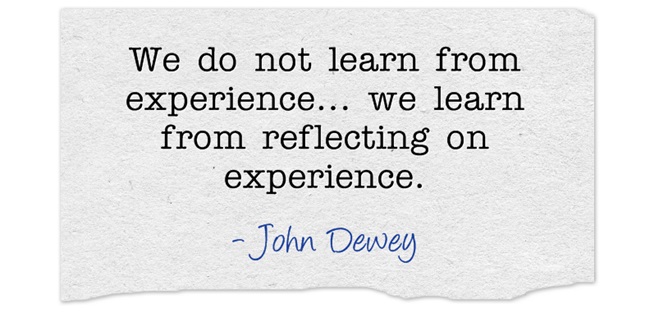Reflection on Using Technology for Teaching and Learning
|
I have always been a big fan of technology throughout my entire life. When I became a trainer, my philosophy was to embrace technology and use it as learning and teaching tool whenever possible. This cannot always be the case based on the audience. For example, when instructing a class of adults with limited technical skills, using technology could make students insecure and take away from the learning outcomes.
|
 |
However, in settings where the audience is technically savvy, technology can be leveraged in a positive way. Below are a few key points of using technology for teaching and learning:
- Behavioural instruction hinges on the use of observable, measurable and controllable objectives
- Cognitive models give learners control by introducing conceptual frameworks and relying on the learner to build connections
- Constructivists learners engage, grapple, and seek to make sense by become actively involved in the learning process
- Humanist instruction involves learners in all stages
- Most organized instruction is based on the behavioural model
- Present important topics in a variety of ways to stimulate learning
- It is up to instructional designers and instructors to offer a variety of learning approaches
- Well-designed eLearning courses provide optional instructional approaches for each topic
- Successful eLearning courses contain members from instructional design, content expertise and programming/technology
- In eLearning students/learners have to put some real effort into the learning process
Using technology is a main part of my day-to-day tasks, as is using technology to create training documentation. Incorporating some of the points above into technology teaching and learning helps with the learning experience. In addition, one must also understand that the use of technology can be a barrier for teaching and learning, so I'm always always aware of your audience and their knowledge of technology. If required I adjust my instruction, using different Instructional Strategies.
Tips for Teaching Adults
When teaching and creating content to for training adult learners, I try to incorporate as many points from the tips below:
- Incorporate inter-generational discussions on issues that otherwise have a generational divide as appropriate for the subject matter
- Reassure learners that as an instructor, you will not be judgmental of their life experiences
- Break down walls of insecurity due to learners being away from classrooms
- Pack every class with information and useful activities
- Build in safety nets that allow limited number of late assignments to maintain flexibility, accountability and expectations
- Pair highly motivated students with those less skilled on projects to create peer encouragement and mentoring
- Consider making personal growth in ability and skill as part of actual grade
It is important to note that adults are different learners than younger students. When creating course material and instructing adult classes, adult approaches and methods must be used so the training is effective.
References:
Doherty, B. (2012). Tips for teaching adult students. NACTA Journal, 91.
Jelena Jovanovic, R. C. (2012). Social networking, teaching, and learning. Interdisciplinary Journal of Information, Knowledge and Management.